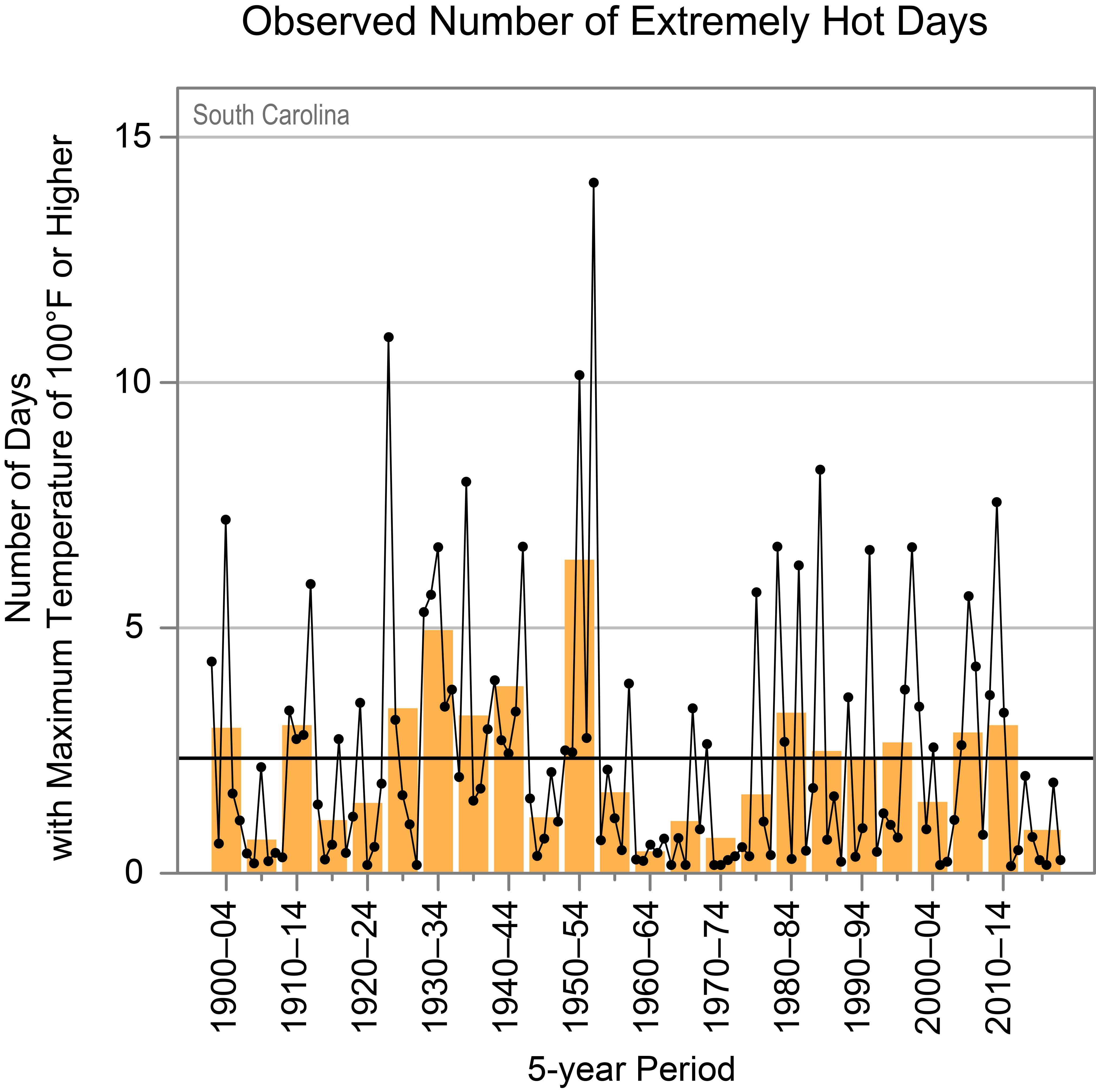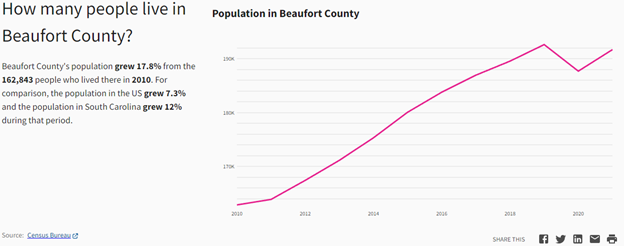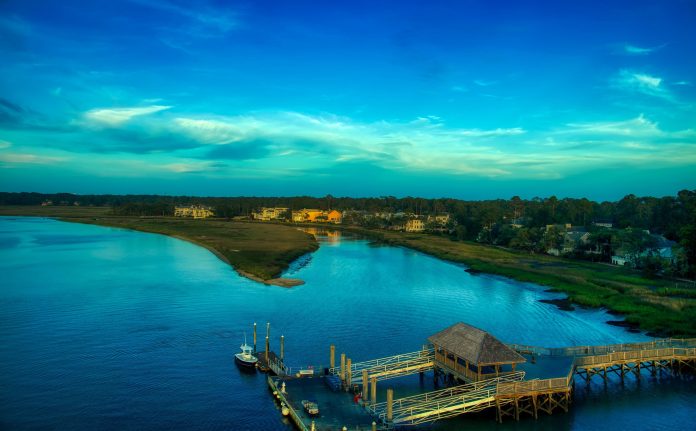A recent article in Hilton Head Island South Carolina’s The Island Packet claims that climate change is making it more hazardous for lower income people to live on the coast, because of increasing storms, sea level rise, heat waves, and the impact of high humidity. This is false, as well as exploitative. Hurricanes have not been getting worse, sea level rise is natural, and there is no evidence heat and humidity is increasing. The dynamic state of the island-dotted lowcountry coast has always been a fact of life.
The article, “Rotted floors and mold: Coastal climate change hurts affordable housing residents the most,” is written by two authors, Sarah Haselhorst and Mary Dimitrov, both of whom seem to be unaware of actual weather data and trends. The authors begin with a story about the tragically poor conditions of a mobile home near the May River. Haselhorst and Dimitrov explain that about a decade after the homeowner moved in, “the combination of water, moisture and humidity buckled parts of the living room flooring.”
This is blamed on an alleged increase in heatwaves, sea level rise, and hurricanes, driven by human caused climate change.
The head of a local nonprofit is quoted as saying there is an “increasing need for floor repairs along with roof repairs and roof replacements,” but the chart provided in the story shows that, while there was a spike in roof and flooring repairs after Hurricane Matthew, it has since gone back down. The only thing that appears to be still elevated, is the need for brand new roofs, but this should be no surprise, considering that, as the authors admit, “nearly all of the mobile homes on Hilton Head Island were built pre-1976.”
The nonprofit director told Haselhorst and Dimitrov, “as mobile homes continue to pop up on Hilton Head because of their low cost, climate change will lead to an increasing number of environmental-related requests for repairs.”
Mobile homes are more vulnerable to weather than homes built of wood or brick and mortar and set on solid foundations, period. No climate change required. In fact, the very first claim of the article, that heat is getting worse in the lowcountry, is demonstrably false. South Carolina has not seen any increase in the number of extremely hot days since 1900, according to data from the National Oceanic and Atmospheric Administration. (See figure below)

Sea level rise is an issue for any low-lying coastal region, especially one with increasing construction projects along its saltwater marshes. At the nearest tide gauge location to Beaufort County, over the past 100 years the data shows that sea level rise has accelerated and decelerated over various time periods, but average measured rise since 1900 is around 3.44 mm/year, which adds up to about 1.13 feet of rise. If human emissions have had any impact on sea level rise, it’s minor.
Sea level rise is not something that can be stopped. Ocean levels have been rising since the start of the present interglacial more than 12,000 years ago, long before the beginning of the industrial revolution. Humans living near the water have adapted for centuries, as described in a Climate Realism post, “Sorry CNN, Regardless of Human Activity, Coastlines Grow and Retreat.” Good coastal management is able to mitigate the effect of erosion and flooding.
Ground-water depletion and land compaction have also contributed to land subsidence in Hilton Head Island for decades, adding to the perception of rapidly rising seas. It’s also worth noting that population has increased quickly in Beaufort county, despite the threat of sea level rise.

The authors also falsely assert that hurricanes are becoming more of an issue for the residents of Beaufort County. This claim comes at an especially inconvenient time, after a record low hurricane season in 2022. Additionally, data from the official Atlantic basin tropical cyclone database (HURDAT) shows that hurricane landfalls in the region around Beaufort County, SC, have not been getting more severe over time. (See figure below)

Weather.gov describes the dataset this way: “There has been a general upward trend in the number of weaker TCs making landfall (although this could at least partly be due to increasingly better observations over time) and a general downward trend in the number of major (Cat 3-5) hurricane landfalls.”
This Island Packet article is exploiting the suffering of the poor who live in Beaufort County to push a false climate change catastrophe narrative. Weather damage and rot in old, low-income housing is an issue regardless of climate change. There is no need to lean on false information about hurricanes or heatwaves, but there may be more at play here than journalists being unaware of existing weather data.
Haselhorst has her work paid for by the Energy Foundation, a climate alarmist organization that sponsors “targeted analysis” to scare people into making personal lifestyle changes and supporting drastic government action, allegedly to prevent to climate change. From their own website, the Energy Foundation invests “to transform every sector of America’s energy economy and in every region of the country.” So, perhaps climate activism, rather than the pursuit of the truth about how climate change is impacting the poor in South Carolina, is the true root of the story.


















